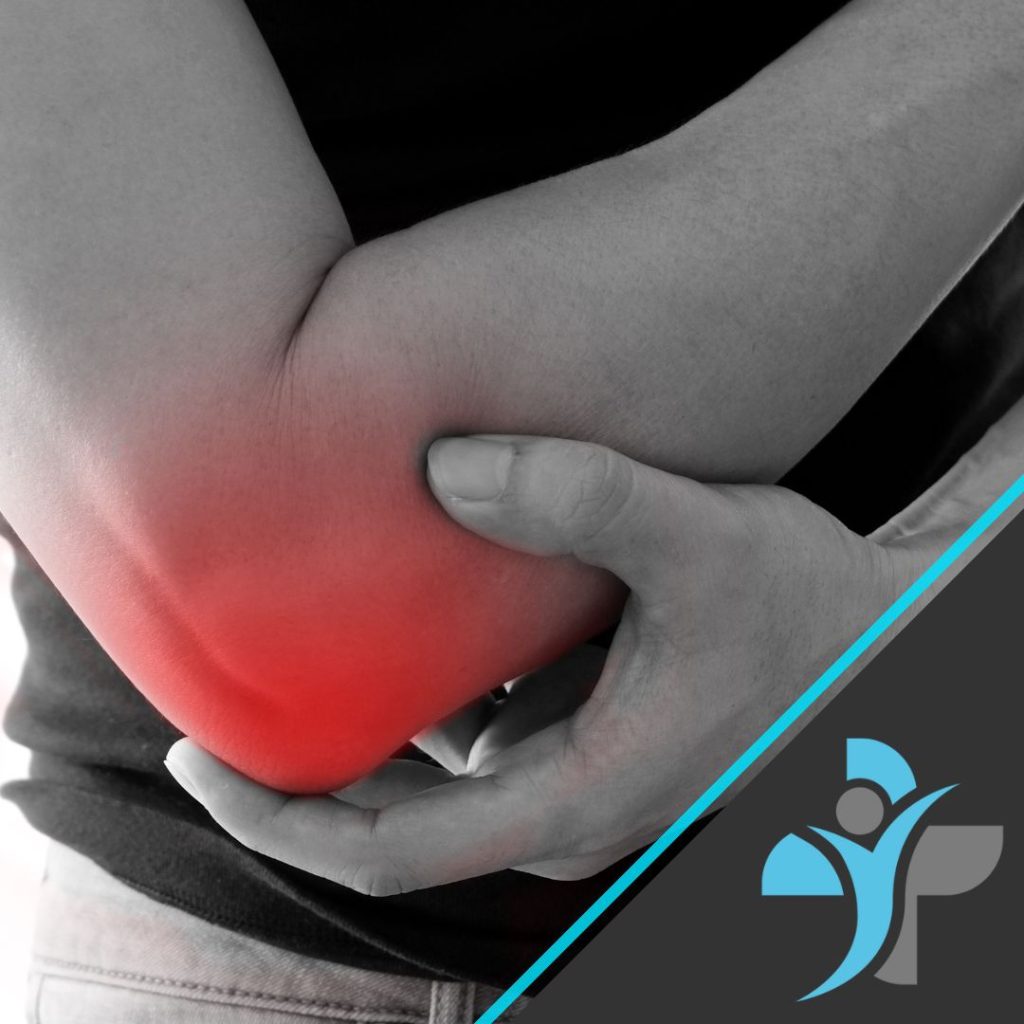Sciatica Pain: Symptoms, Causes, and Treatment Options
Introduction
Sciatica is a common condition that causes pain radiating along the sciatic nerve, which runs from your lower back through your hips, buttocks, and down each leg. The discomfort can range from mild to debilitating and may severely impact your daily life. In this article, we’ll break down what sciatica is, explore its causes, symptoms, and effective treatment options to help you get back to living pain-free.
What is Sciatica?
Sciatica isn’t a standalone condition—it’s a symptom caused by compression or irritation of the sciatic nerve, which is the longest nerve in the body. This compression often triggers pain, numbness, or tingling sensations along the nerve pathway.
Common Causes of Sciatica
Several conditions can irritate or compress the sciatic nerve:
- Herniated or Bulging Disc
- A herniated disc is the most common cause of sciatica. When the inner portion of a spinal disc pushes out, it can compress the nearby nerve roots, including the sciatic nerve.
- Spinal Stenosis
- The narrowing of the spinal canal can put pressure on the nerve roots, causing pain that radiates down the leg.
- Spondylolisthesis
- When a vertebra slips out of place, it may pinch the sciatic nerve.
- Piriformis Syndrome
- The piriformis muscle, located in the buttocks, can spasm or tighten, compressing the sciatic nerve.
- Degenerative Disc Disease
- Age-related wear and tear on spinal discs can irritate the sciatic nerve over time.
- Injury or Trauma
- Accidents, falls, or sports injuries that damage the spine or pelvis can contribute to sciatic pain.
Symptoms of Sciatica
Sciatica symptoms typically affect one side of the body and may include:
- Radiating Pain: Sharp, shooting, or burning pain that starts in the lower back or buttocks and travels down the leg.
- Numbness or Tingling: A “pins and needles” sensation in the legs, feet, or toes.
- Muscle Weakness: Difficulty standing, walking, or moving the affected leg.
- Worsening Pain: Symptoms can worsen when sitting, coughing, sneezing, or bending forward.
If your pain is accompanied by loss of bowel or bladder control, seek emergency medical attention, as this may indicate a serious condition like cauda equina syndrome.
Treatment Options for Sciatica
While sciatica can often resolve with conservative treatments, addressing the root cause is essential for long-term relief.
1. Home Remedies
- Hot and Cold Therapy: Use ice packs during the first 48 hours to reduce inflammation, followed by heat to relax tight muscles.
- Gentle Stretches: Targeted stretches can relieve pressure on the sciatic nerve.
- Knee-to-Chest Stretch: Lie on your back and bring one knee toward your chest to gently stretch the lower back and glutes.
- Piriformis Stretch: Cross one ankle over the opposite knee and pull toward your chest to loosen the piriformis muscle.
2. Exercise and Strengthening
- Strengthening your core, hips, and lower back helps prevent recurrence:
- Pelvic Tilts
- Bird-Dog Exercise
- Bridges
3. Professional Therapies
At Livewell Health, we specialise in hands-on treatments that address sciatic pain and its underlying causes:
- Sports Massage: Relieves muscle tension and reduces pressure on the sciatic nerve.
- Medical Acupuncture: Stimulates specific points to relieve pain and reduce inflammation.
- Cupping Therapy: Improves circulation, relaxes tight muscles, and relieves nerve compression.
- Physiotherapy: Tailored rehab programs to restore mobility and build strength.
4. Posture and Ergonomic Adjustments
- Avoid prolonged sitting by taking regular breaks to move and stretch.
- Use supportive chairs that align your spine and reduce pressure on the lower back.
- When sleeping, use a pillow under your knees to maintain a neutral spine position.
When to See a Specialist
If sciatic pain persists for longer than two weeks, worsens, or causes significant weakness or numbness, consult a professional. Early intervention can prevent the condition from worsening and help you recover faster.
Related Articles
- Lower Back Pain: Causes and Solutions
- The Role of Exercise and Stretching in Back Pain Relief
- Back Pain and Posture: How Poor Posture Impacts Your Spine
Call to Action
Don’t let sciatic pain hold you back from living your life! At Livewell Health, our expert team offers targeted recovery programs, sports therapy, acupuncture, and massage techniques to get you back on track.
Book your consultation today and start your recovery journey!
Follow us on social media for recovery tips and updates:
Instagram : @LWHEALTH
Facebook : @livewellhealthuk


